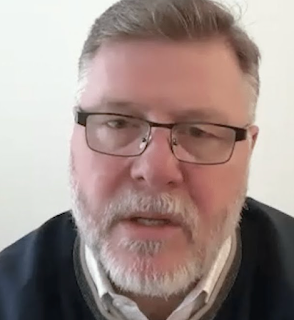Begüm Yamanlar Begüm Yamanlar, untitled (1/3), from Zone Series Begüm Yamanlar, untitled (2/3), from Zone Series Begüm Yamanlar, untitled (3/3), from Zone Series Begüm Yamanlar, an Istanbul photographer and video artist explores the mystery and uncertainty of space, urban space, rural space and objects in indeterminate space. Her Zone Series consists of landscapes that simultaneously invite and repel, give the viewer easy entrance tempered by doubt or dread. Each image includes a path running from the viewer's location into a forest until the path curves out of view or disappears in an unexplained fog. Would I step into the scene? In a dream perhaps; otherwise I move on to the next image. But I always return and contemplate, wondering if I haven't detected a whisper from the image. The artist clearly has a catalog of tree trunks, limbs, foliage and fleeting spots of light. She uses these judiciously in a way that pulls the individual ima




